Obstructive sleep apnea (OSA) is a condition that causes breathing problems during sleep. Many people dealing with sleep apnea do not even realize that they have the condition. But if their partner or family member reports a heavy amount of snoring, this could be a sure sign that something is wrong. Let’s investigate the dangers of sleep apnea.
Dangers of Sleep Apnea
Your dentist in downtown Los Angeles often connects some important links between sleep and oral health. There are many dangers of sleep apnea that could be affecting you if let it go untreated. Some patients may even suffer brain damage due to underlying sleep apnea conditions. Take a look at the following information and get in touch with us to schedule your sleep apnea appointment with us ASAP.
Sleep Apnea Causes and Symptoms
How does sleep apnea begin? If it’s not treated promptly, sleep apnea could prove fatal. Your partner or you may both be able to identify the most common signs of sleep apnea while sleeping. Some symptoms include:
- Constant fatigue
- Insomnia or trouble falling asleep
- Changes in mood
- Sleeping in a coma-like state
- Gasping for air or choking when you wake up
- Frequent headaches in the morning
- Forgetfulness
Sleep apnea could be made more likely by certain risk factors. Your risk factors include sudden weight gain, a family history of sleep disorder, smoking, and alcohol consumption. You may feel mood and happiness problems if you have sleep apnea as well, which could lead to the need for mental healthcare.
Sleep Apnea and its Mental Effects
On the subject of mental health, it is possible that the more common symptoms of sleep apnea might not be obvious immediately. Sometimes it may take some time to realize something is wrong. Research has demonstrated a stronger link between sleep apnea and mental health than we previously thought, which helps to speed along the diagnosis process. People with sleep apnea, especially if it is not diagnosed early on, can have higher levels of anxiety and depression.
Additional studies have shown an increase in cognitive impairment. Reduced brain function is to blame, as sleep apnea cuts off oxygen from your body’s control center. Over time, this could make you feel more and more sick, increasing the urgency of your need to see a doctor.
Sleep Apnea And Memory Loss
Some forms of sleep apnea can cause memory loss and, in extreme cases, can lead to the forgetting of important life events. Sleep apnea is linked to memory loss, which is not surprising considering the fact that it can also cause fatigue. Patients may find it difficult to recall details about life events. Sometimes, patients mistakenly perceive long-term memories as short-term memories and forget how much time has passed between that event and now.
Restoring Brain Damage from Sleep Apnea
According to some studies, sleep apnea can be reversed. Although there is no cure for sleep apnea, the chances of getting a complete recovery are high. There are several ways to improve your brain’s functionality and health.
A CPAP machine, which you can use while you sleep, is the most popular and effective treatment. Studies show that people who have used CPAP for a year can improve and regrow their white matter, thereby reducing the damage.
Get the Best Sleep Apnea Treatment Today
Sleep apnea is most commonly associated with memory problems, mental health issues, sore throats, snoring, and heart problems. This condition can have serious consequences for your whole body if not treated properly over time. Get in touch with your trusted doctor or dental experts today to learn more about an effective solution to your sleeping problems. Get the best sleep apnea treatment in Downtown Los Angeles when you sign up for a personal consultation ASAP.






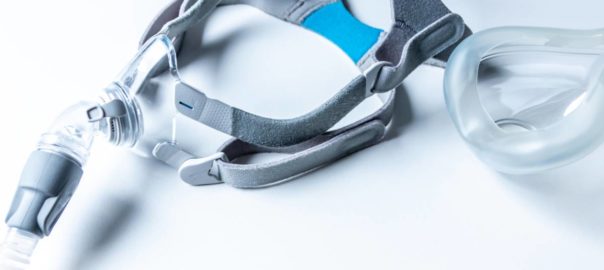
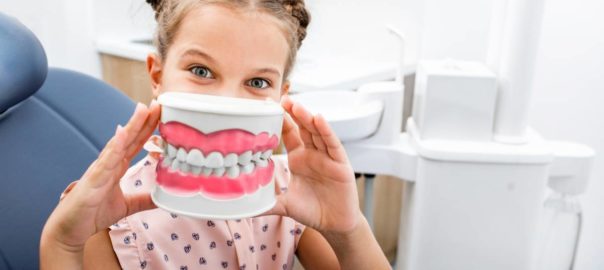
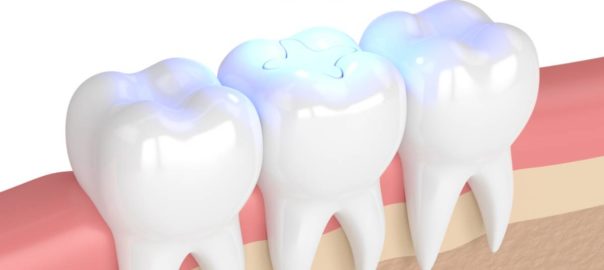
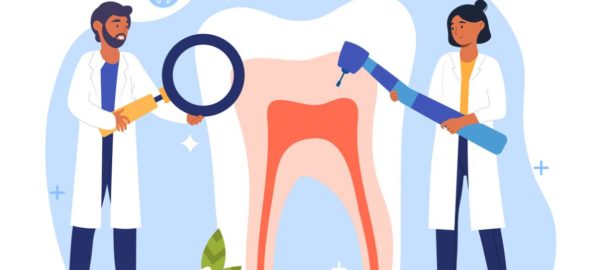

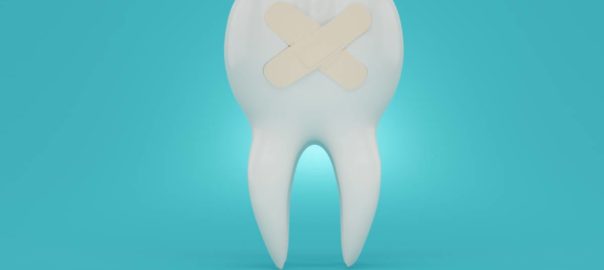
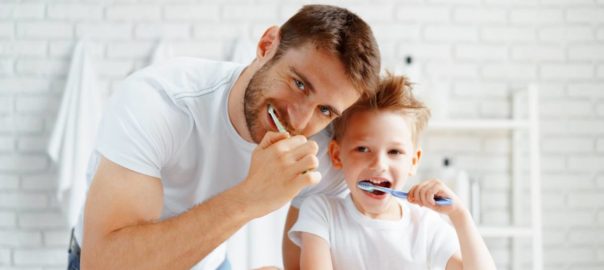


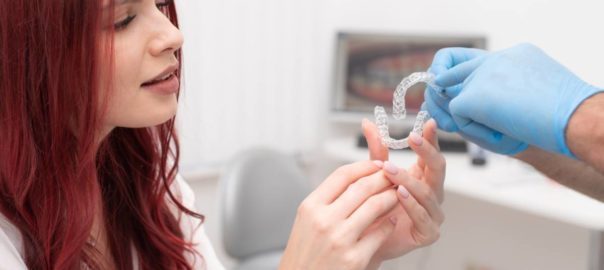

 Yelp
Yelp I have never had a better dental experience prior to my visit with Dr. Zabolian. It was pain free for the first time ever, the staff was friendly, accommodating to my schedule, there were no problems with my insurance claims... I am so happy I have found a dentist (after all these years) I feel so comfortable going to and also taking my family.
I have never had a better dental experience prior to my visit with Dr. Zabolian. It was pain free for the first time ever, the staff was friendly, accommodating to my schedule, there were no problems with my insurance claims... I am so happy I have found a dentist (after all these years) I feel so comfortable going to and also taking my family. 






